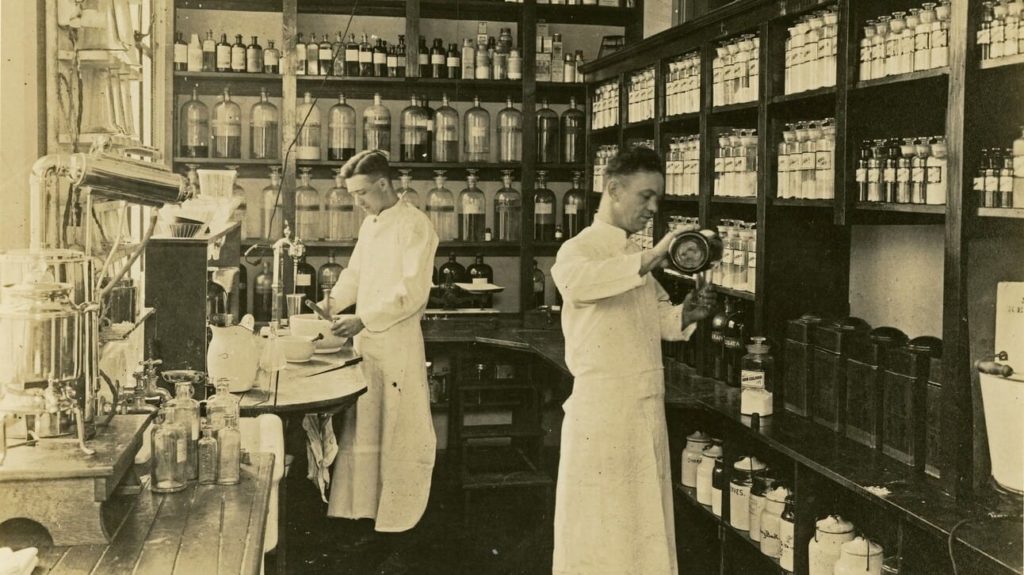It’s a big 340B day, starting with a decision by a federal appeals court to side with Arkansas in a dispute with PhRMA.
Arkansas has a law that says that drug companies can’t create any hurdles around how and when they’ll ship 340B-priced medicines to contract pharmacies. Companies have — over the past three or four years — increasingly added restrictions to their 340B policies (requiring additional documentation, limiting the number of pharmacies that a give hospital can work with, etc.), and the Arkansas law barred those kinds of activities.
Now there’s an appeals decision upholding the state law . PhRMA hasn’t said yet if they’ll appeal the decision, and I just don’t know the legal ins and outs enough to even hazard a guess about what comes next, other than this will probably be a green light for more states to experiment with similar laws.
But my general impression is that a fix for the 340B problems won’t come from the courts, which have shown a lot of deference to the status quo and very little interest in reining in the explosion of the program. True change is going to have to come from Congress. (That is a very scary sentence to write.)
Part of the reason that 340B is a hard topic to talk about is that it’s super-complex, and it feels like it’s just pharma companies and hospitals punching each other, with little impact on the rest of us.
But a really fantastic IQVIA analysis suggests that’s not right: the average American is paying a cost for the out-of-control 340B program. In commercial plans, when the 340B price is paid, there is often, then, no rebate on top of that. That means that employers and health plans end up paying the full reimbursement rate for a medicine without getting their rebate money on the back end.
It turns out that’s not a hypothetical quirk of the system. IQVIA calculated that employers (and, ultimately, their employees) end up paying more than $5 billion a year more in health costs because of 340B. Which all suggests that there is a much broadly pool of 340B victims than is generally assumed.
(And while we’re on the topic: the American Hospital Association has a new report out that makes the case that, eh, in the grand scheme of things, pharma’s not losing that much from the 340B program and they should maybe stop whining. I don’t know if that’s the most compelling argument, but passing it along anyway.)
Amazon will become the second company (Truepill was the first) to work with Lilly to fulfill pharmacy orders that originate through the “Lilly Direct” platform. While a lot of the attention here will go to Lilly’s strategy, it’s worth noting that Amazon has been quietly working to build a platform that makes it easy to apply manufacturer cost-sharing coupons. So this quite the peanut-butter-and-chocolate partnership.
The Maryland PDAB has released the first group of drugs that it will consider price controls for: Biktarvy, Dupixent, Farxiga, Jardiance, Ozempic, Skyrizi, Trulicity, and Vyvance. The list was published as part of the agency for a March 25 meeting of the board. Credit to Bloomberg Law’s Celine Castronuovo for spotting the news.
I have no idea what to make of the strange-bedfellows announcement that upstart PBM Capital Rx is partnering with not-remotely-upstart PBM Prime Therapeutics, but I feel like I should mention it here.
STAT said that the reason that gene therapies for hemophilia haven’t taken off is that the hemophilia community is pretty much OK with the standard of care, so they can afford to take it slow.
My heart goes out to the family at the center of this story, about a young man who died after forgoing a prescription for an asthma inhaler. It comes with a health-policy twist that I hadn’t seen before, though: the family blames the PBM for only making a prohibitively expensive branded inhaler available when generics could have been provided.
If this email was forwarded to you, and you’d like to become a reader, click here to see back issues of Cost Curve and subscribe to the newsletter.




